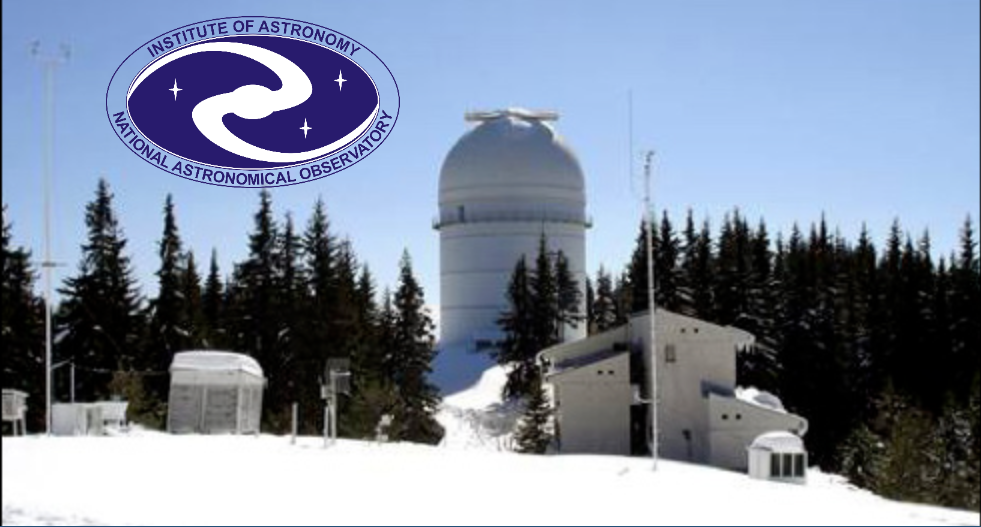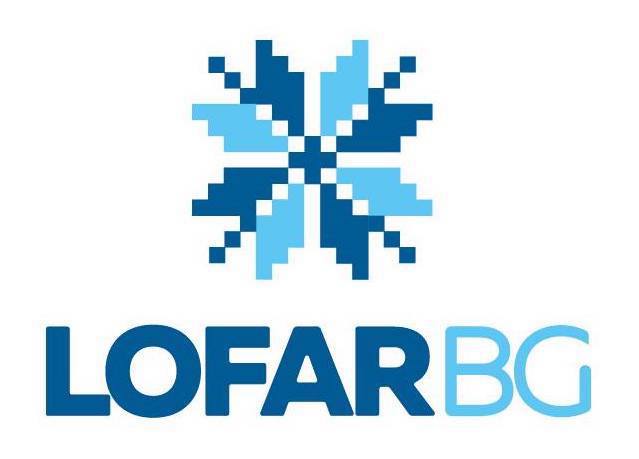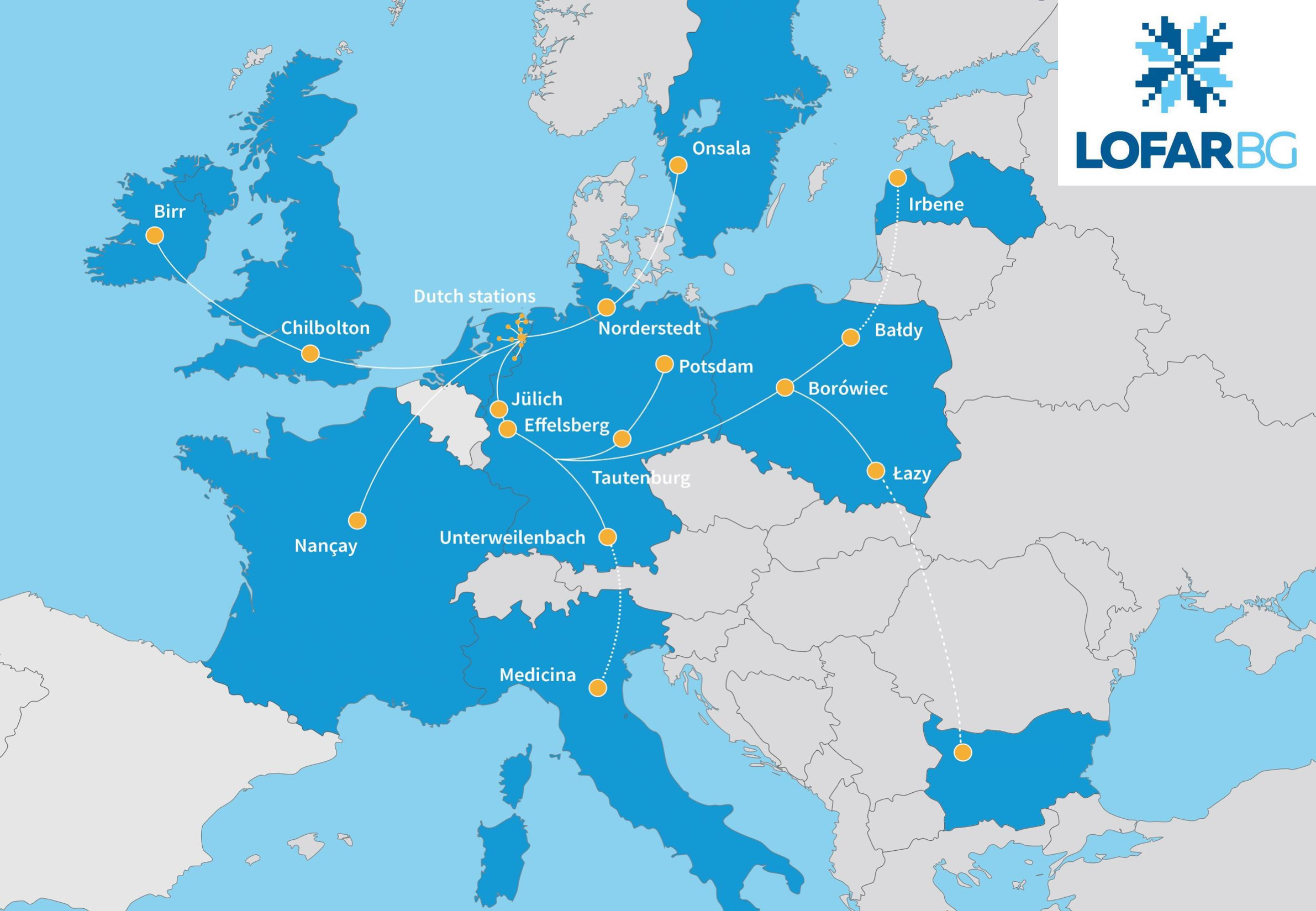
The Institute of Astronomy and National Astronomical Observatory (IANAO) – Bulgarian Academy of Sciences (BAS) is the leader of astrophysical research in Bulgaria. Established in 1958, it carries out fundamental research in astronomy and astrophysics, as well as education of specialists and graduate students. The Institute of Astronomy operates two modern ground-based observatories for optical astronomical observations and research – The National Astronomical Observatory (NAO) Rozhen and Astronomical Observatory (AO) in Belogradchik. The main telescope of NAO Rozhen is a two-meter reflector, optical system Ritchey-Chretien-Coude.
IANAO is mainly responsible for the management and coordination of the project work (WP1), scientific dissemination and public outreach during the project (WP5), and providing active participation and contribution to the remaining three WPs.

ASTRON is the Netherlands Institute for Radio Astronomy, an institute of the Netherlands Organisation for Scientific Research, NWO. Its main mission is to make discoveries in radio astronomy happen, via the development of new and innovative technologies, the operation of world-class radio astronomy facilities, and the pursuit of fundamental astronomical research. Engineers and astronomers at ASTRON have an outstanding international reputation for novel technology development, and fundamental research in galactic and extragalactic astronomy. ASTRON provides front-line observing capabilities for its own astronomers in-house, and for the wider national/ international community.
On 12 June 2010, Her Majesty Queen Beatrix officially opened the new LOFAR telescope. This telescope is an ultra-modern pan-European sensor array, that is opening up a new window on the Universe by observing at very low radio frequencies (30-220 MHz). It is an important scientific and technological pathfinder for the next generation of radio telescopes – SKA – a global project in which ASTRON plays one of the leading roles. ASTRON also operates the Westerbork Synthesis Radio Telescope (WSRT), one of the most sensitive telescopes in the world. ASTRON hosts the Joint Institute for VLBI in Europe (JIVE) which has recently achieved additional prominence as an ERIC (JIV-ERIC), and the NOVA Optical/IR group.
ASTRON is mainly responsible for the training and staff exchanges for the antenna design and signal processing in radio astronomy (WP2) and for the data analysis of astronomical data from the full LOFAR array (WP3).

The Dublin Institute for Advanced Studies (DIAS; www.dias.ie) is a statutory corporation established in Ireland in 1940 under the Institute for Advanced Studies Act. It is a publicly funded independent centre for research in fundamental disciplines. DIAS has three constituent schools: Theoretical Physics, Cosmic Physics and Celtic Studies. The School of Cosmic Physics undertakes theoretical, computational and observational studies of physics related to the understanding of the Cosmos – from the Earth’s core to the outer reaches of the Universe. It is organised in two broad sections: Geophysics focused on the interior and surface of the Earth and Astronomy and Astrophysics (dias.ie/astrophysics) focused outwards.
DIAS is mainly responsible for tutoring on data analysis, installation and operation of a single LOFAR station (WP3), as well as the development and hosting of trainings related to solar radio physics and space weather (WP4) and scientific staff visits (WP2, WP3, WP4). DIAS team members will also be involved in the project management (WP1) and for the dissemination of the results (WP5).

The Technical University of Sofia (TUS) is the largest educational and scientific complex in Bulgaria in the field of technical and applied science which has preserved the good traditions in higher education laid down by its founders. As the first and largest polytechnic center, which supported the establishment of most of the higher technical colleges in the country, for over 70-years it sets the educational standards and national priorities for the development of engineering education and science. The Department of Radiocommunications and Video technologies, part of the Faculty of Telecommunications has a long history of innovations and development of technology leading science and applications from first commercial TV broadcast in Bulgaria in 1951 to development of modern Satellite, Radars, RFID and imagery products applications. The leading division of the department are Antenna and Microwave, Signal Processing and Image processing.
TUS is mainly responsible for attending the trainings and staff visits for preparation of the scientists for RF technologies, Phased Antenna Arrays and Digital Signal processing (WP2), Trainings and staff visits in the development and building of Single single LOFAR station (WP3), Preparation of a training course in RF and Antenna arrays in Radio Astronomy (WP3) . TUS will also be involved in the dissemination of the project results (WP5).

The STELLAR project has received funding from the European Union’s Horizon 2020 research and innovation programme under grant agreement No 952439. It is coordinated by the Institute of Astronomy, Bulgarian Academy of Sciences.

